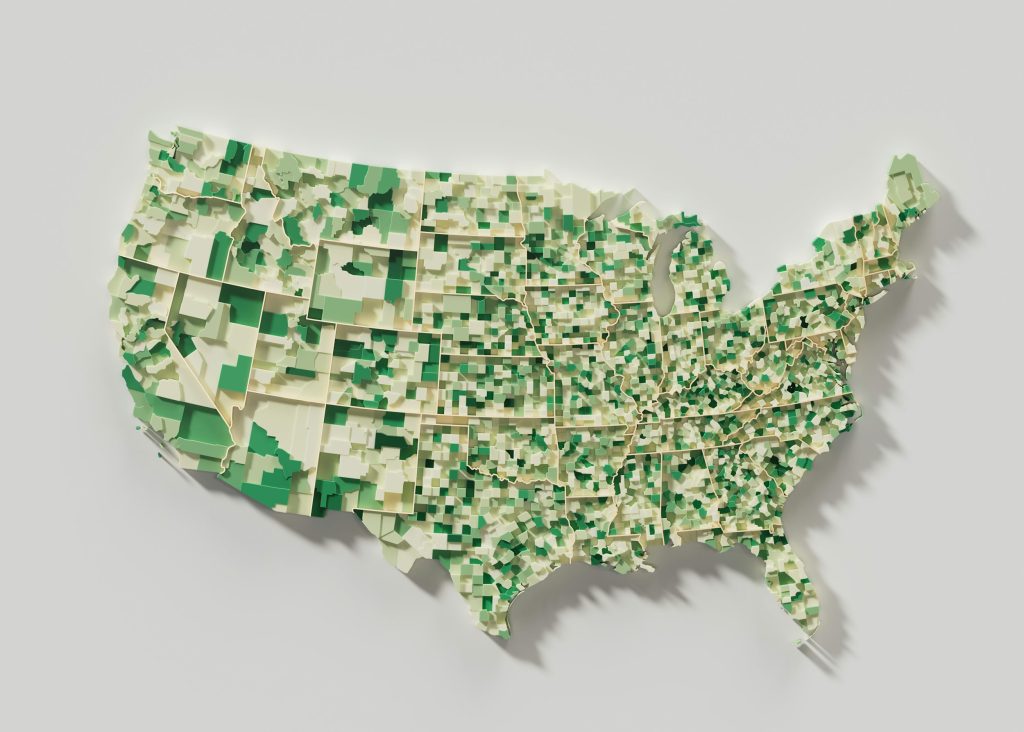Introduction
Homeownership is a significant milestone for many, but it comes with its own set of responsibilities and risks. One of the most critical aspects of owning a home is ensuring it is adequately insured. However, if you’re living in an area prone to natural disasters such as floods, hurricanes, or earthquakes, you might find yourself paying higher home insurance rates. Understanding how natural disaster zones impact home insurance rates is crucial for homeowners looking to protect their investment without breaking the bank.
In this article, we will explore the various factors that affect home insurance rates in flood and natural disaster zones. We will delve into why living in these areas leads to higher premiums, how insurance companies assess risk, and what homeowners can do to mitigate these costs. Whether you’re a current homeowner or in the market for a new home, this guide will provide valuable insights to help you navigate the complexities of home insurance in disaster-prone areas.
What Are Natural Disaster Zones?
Natural disaster zones are areas that are more susceptible to natural events that can cause significant damage. These include floods, hurricanes, tornadoes, earthquakes, wildfires, and other catastrophic events. The frequency and severity of these events in a given area determine its classification as a disaster zone.
Types of Natural Disasters
- Floods: Often caused by heavy rainfall, storm surges, or overflowing rivers. Flood zones are determined by historical data and predictive models.
- Hurricanes: Coastal areas are particularly vulnerable to hurricanes, which bring strong winds and heavy rains.
- Earthquakes: Areas near tectonic plate boundaries are at a higher risk for earthquakes.
- Wildfires: Regions with dry climates and abundant vegetation are prone to wildfires.
Each type of disaster poses unique risks and challenges for homeowners and insurers alike.
How Do Natural Disaster Zones Affect Home Insurance Rates?
Insurance companies assess risk based on a variety of factors, including the likelihood of a natural disaster occurring in a particular area. Here’s how living in a natural disaster zone can impact your home insurance rates:
Increased Risk Leads to Higher Premiums
Insurance is all about risk management. When you live in a natural disaster zone, the risk of filing a claim is higher. As a result, insurance companies charge higher premiums to compensate for the increased likelihood of having to pay out claims. This is why homeowners in flood zones or hurricane-prone areas often face steeper insurance costs.
Specialized Coverage Requirements
Standard home insurance policies typically do not cover certain types of natural disasters. For example, flood damage is usually excluded, requiring homeowners to purchase additional flood insurance. Similarly, earthquake insurance is often a separate policy. These specialized coverages add to the overall cost of insuring a home in a disaster-prone area.
Impact of Historical Data
Insurers rely heavily on historical data to assess the risk of natural disasters. If an area has a history of frequent or severe natural events, insurers will factor this into their pricing models. This means that even if a particular location hasn’t experienced a disaster recently, the historical risk can still influence insurance rates.
Mitigating Insurance Costs in Disaster Zones
While living in a natural disaster zone can lead to higher insurance costs, there are steps homeowners can take to mitigate these expenses:
Invest in Home Improvements
Improving your home’s resilience to natural disasters can help lower insurance premiums. This might include installing storm shutters, reinforcing your roof, or elevating your home in flood-prone areas. Insurance companies often offer discounts for homes that have been fortified against disasters.
Shop Around for the Best Rates
Insurance rates can vary significantly between providers. It’s essential to shop around and compare quotes from multiple insurers to find the best coverage at the most affordable price. Look for companies that specialize in insuring homes in disaster-prone areas, as they may offer more competitive rates. For more insights, you can refer to how natural disasters affect insurance rates.
Increase Your Deductible
Opting for a higher deductible can lower your insurance premiums. While this means you’ll pay more out of pocket in the event of a claim, it can be a cost-effective strategy if you’re confident in your home’s resilience to disasters.
Take Advantage of Government Programs
In some regions, government programs offer assistance to homeowners in disaster-prone areas. These programs might provide grants for home improvements or subsidies for insurance premiums. Research available options in your area to see if you qualify for any assistance.
Understanding Insurance Terms and Coverage Options
When dealing with home insurance in natural disaster zones, it’s essential to understand the various terms and coverage options available:
Flood Insurance
As mentioned earlier, flood damage is not typically covered under standard home insurance policies. The National Flood Insurance Program (NFIP) provides flood insurance to homeowners in participating communities. Private flood insurance is also available and may offer more comprehensive coverage.
Earthquake Insurance
Earthquake insurance is another specialized coverage that protects against damage caused by seismic activity. This type of insurance is crucial for homeowners in areas with a high risk of earthquakes.
Hurricane and Windstorm Coverage
In hurricane-prone areas, windstorm coverage is often a separate policy or an add-on to standard home insurance. This coverage protects against damage caused by high winds, which are common during hurricanes. For more on personal insurance coverage, visit personal insurance coverage.
The Role of Climate Change
Climate change is increasingly impacting the frequency and severity of natural disasters. As global temperatures rise, weather patterns are becoming more unpredictable, leading to more frequent and intense storms, floods, and wildfires. This trend is causing insurance companies to reassess their risk models and adjust premiums accordingly.
Homeowners should be aware of how climate change might affect their insurance costs and consider taking proactive steps to protect their homes and finances.
Conclusion
Living in a natural disaster zone presents unique challenges for homeowners, particularly when it comes to securing affordable home insurance. By understanding the factors that influence insurance rates and taking steps to mitigate risks, homeowners can better protect their investments and manage their insurance costs.
Whether it’s investing in home improvements, shopping around for the best rates, or understanding the nuances of specialized coverage, being informed and proactive can make a significant difference. As climate change continues to impact disaster patterns, staying vigilant and prepared is more important than ever.
For homeowners in natural disaster zones, the key is to balance adequate protection with affordability. By leveraging available resources and making informed decisions, you can ensure your home is safeguarded against the unpredictable forces of nature.

